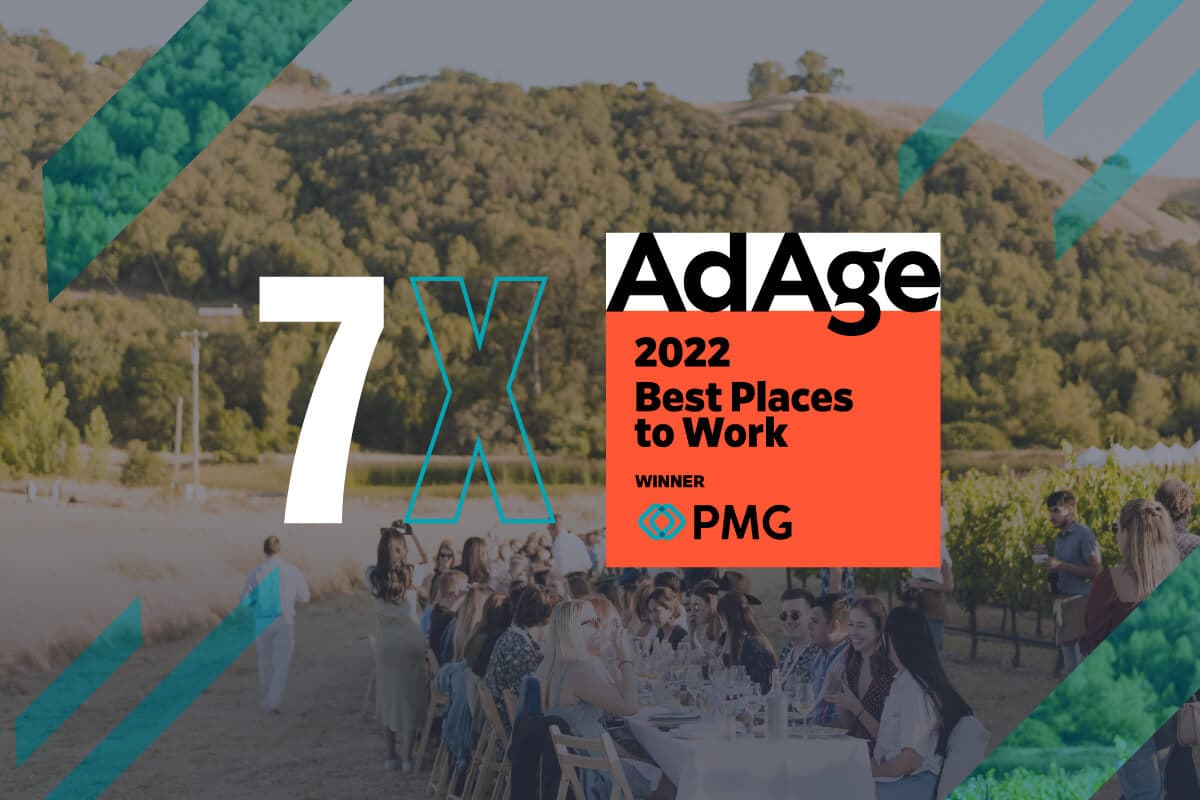Accessibility Tools
PMG Digital Made for Humans
Takeaways from YouTube Black 2019
Morgan Ferguson
Morgan Ferguson has written this article. More details coming soon.
The YouTube Black Summit set the stage by challenging attendees to consider whether their diversity initiatives achieve reach or relevance. Too often, campaigns “tokenize” the Black community by calling a campaign diverse because an ad includes one brown face in the content. Yet, we believe campaigns often fail to tailor messaging to the Black community and acknowledge that advertising to Black audiences is fundamentally different than other communities. YouTube Black shed light on stereotypes and misconceptions, as well as analyzed trends in marketing in the Black community in order to demonstrate how diversity in marketing must be subtle yet distinct, direct yet unpatronizing.
Many advertisers don’t realize that Black millennials are the most engaged but least targeted racial group on YouTube. This means that there is a huge missed opportunity for most brands to capitalize on an underserved demographic with $1.3 trillion in spending power (+18% over the last four years vs. +16% for the general population). Much of the problem is that brands use one Black face in a mass-market campaign and expect that personality to target the diverse body that comprises the Black community.
Diversity in marketing must be subtle yet distinct, direct yet unpatronizing.
A whopping 75% of Black millennials want brands to better represent diversity, replete with the cultural nuances of various segments within the Black community. For instance, 18% of the Black population is comprised of immigrants, who have a radically different experience than African Americans. We must, as advertisers, represent these multifaceted stories by being more inclusive of who we allow to be the storytellers.
This lack of diversity within diverse marketing due to a shortage of unique perspectives in storytelling has led to a one-dimensional approach to Black marketing. Blacks have long been seen as purveyors of culture. Approximately 73% of whites and 70% of Hispanics believe Black people shape culture. Yet, this culture is often misappropriated or omitted from campaigns altogether, again, missing an opportunity to connect rather than isolate the Black consumer.
At YouTube Black, Sarah Carberry, the Head of U.S. Multicultural for Google, spoke about how advertisers can connect with Black consumers using the think>create>connect model. Black millennials currently watch more videos on YouTube than any other demographic. Not connecting with them authentically is a missed opportunity for advertisers to engage the most engaged audience. The first step of the model is to THINK with a cultural mindset. It’s important to know, celebrate, and understand Black culture. #BlackGirlMagic, for example, created a movement that empowers and celebrates the accomplishments of Black women.
The next part of the model is to CREATE authentic content. Your content should empower and uplift the black community, not stereotype or come across as patronizing. Lastly, but most importantly, CONNECT. Connect in an emotional way with your audience and work to continue to connect with them. Simple, yet impactful, this framework can help advertisers reach the most engaged audience on YouTube.
“There is no one that represents the all.”
Sadira Furlow
During the Community Brand Panel, PepsiCo’s Vice President of Marketing Sadira Furlow said something that really resonated with the entire crowd: “There is no one that represents the all.” Advertisers need to understand and remember that one member of the Black community does and cannot fully represent the entire Black community. The Black community in itself is so incredibly diverse, with a wide range of different genders, sexualities, interests, etc.
Stay in touch
Bringing news to you
Subscribe to our newsletter
By clicking and subscribing, you agree to our Terms of Service and Privacy Policy
As advertisers, we’re responsible for making sure that our campaigns take into account the wide range of diversities within the community. We must ensure we connect with people on a personal level —that they feel seen, valued, and heard. Diversity and representation within campaigns isn’t a nice to have, it’s a requirement.







